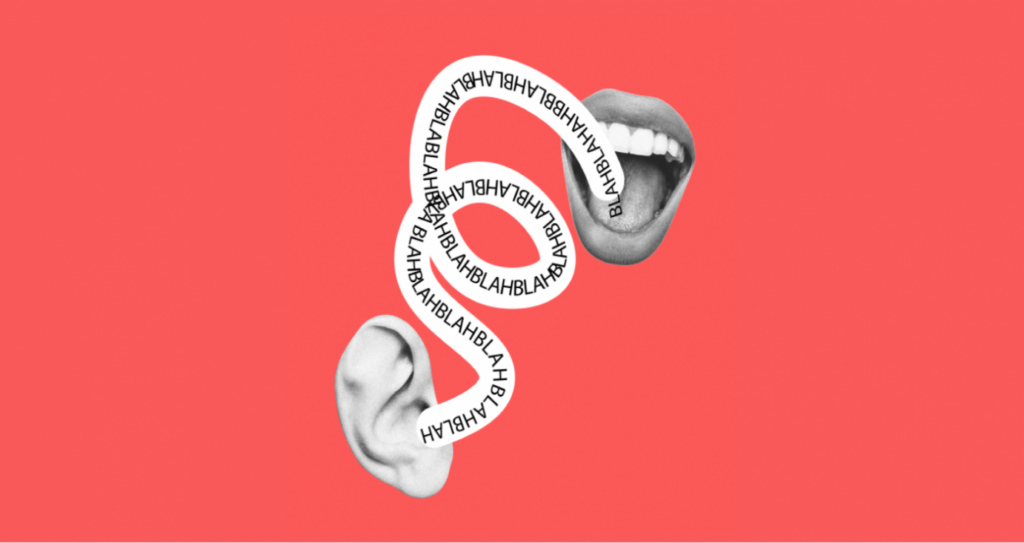Media Overload is Causing Design “Generification”
- The article explores the impact of streaming media on contemporary design, arguing that the proliferation of personalized content has eroded a shared cultural experience, contributing to a perceived decline in design originality and character.
Share:Media Overload is Causing Design “Generification”
Share this link
- December 14, 2023
4 min read








